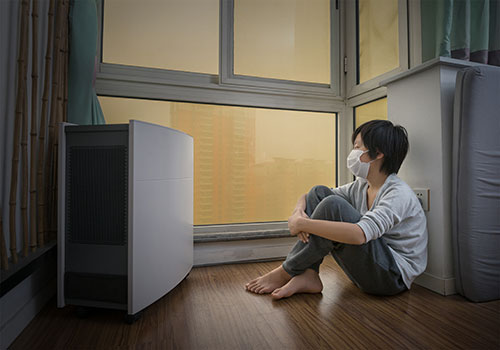 PM10 and PM2.5 Test
PM10 and PM2.5 Test

Purpose: To detect the density of PM10 and PM2.5 in the air and take effective measures to improve indoor air quality.
 The hazard of PM10 and PM2.5
The hazard of PM10 and PM2.5
Inhalable particulates are particulates smaller than 10 micrometers in diameter. PM2.5 refers to particulates smaller than 2.5 micrometers in diameter, equaling 1/20 of human hair. It is also called as fine particulate matters. PM10 and PM2.5 mainly come from cigarettes, soil dust, coal combustion, automobile exhaust, industrial pollution and refuse combustion. Human nose and throat are not able to keep PM2.5 out, unlike PM10. PM2.5 is able to enter bronchiole, alveoli, capillary and ultimately the whole blood circulation system. As PM2.5 cannot be eliminated once it enters alveoli, it will damage the respiratory system and the cardiovascular system, causing respiratory tract irritation, breathing difficulty, asthma, chronic bronchitis, coronary heart disease, arrhythmia, etc. PM2.5 is globally recognized as class-A carcinogen.
 Our advantage
Our advantage
Testing Method:
Weighing the mass of dust.
Safety level:
According to GB3095-2012 “Ambient Air Quality Standard” issued by China’s Ministry of Environment Protection:
|
PM2.5 value |
Daily average densityμg/m³ |
Air quality level |
|
0-50 |
0-35 |
Level One (Good) |
|
50-100 |
35-75 |
Level Two (Moderate) |
|
100-150 |
75-115 |
Level Three (Lightly Polluted) |
|
150-200 |
115-150 |
Level Four (Moderately Polluted) |
|
200-300 |
150-250 |
Level Five (Heavily Polluted) |
|
300-500 |
250-500 |
Level Six (Severely Polluted) |



















 上海工商
上海工商
 沪公网安备 31011702005051号
沪公网安备 31011702005051号